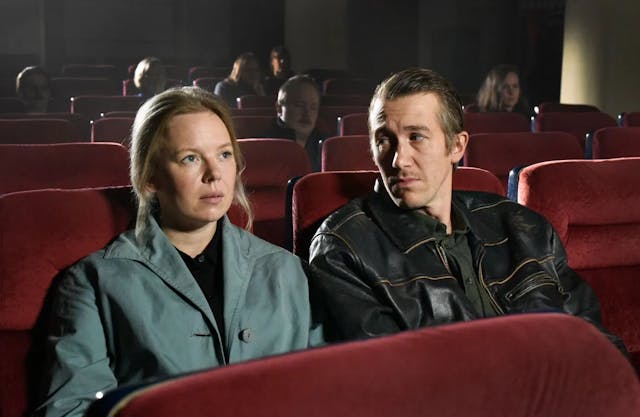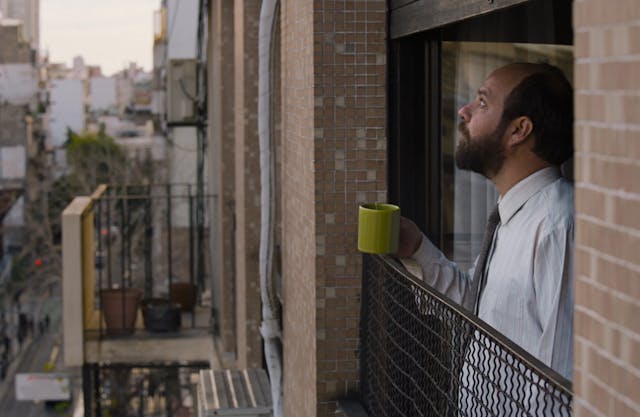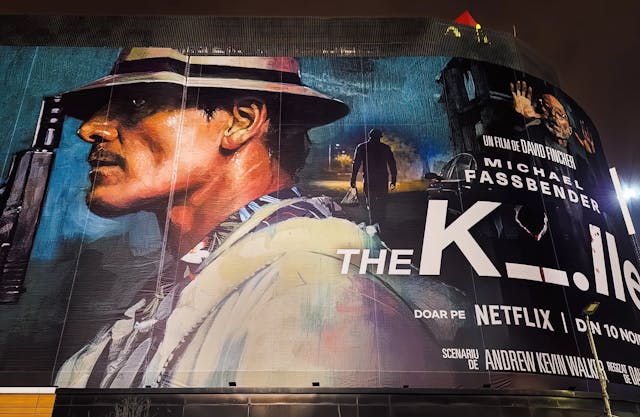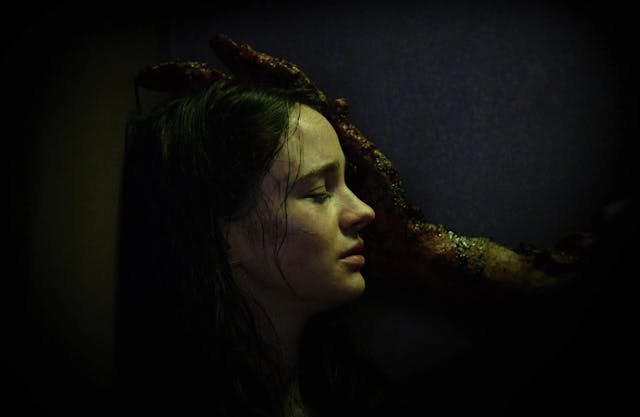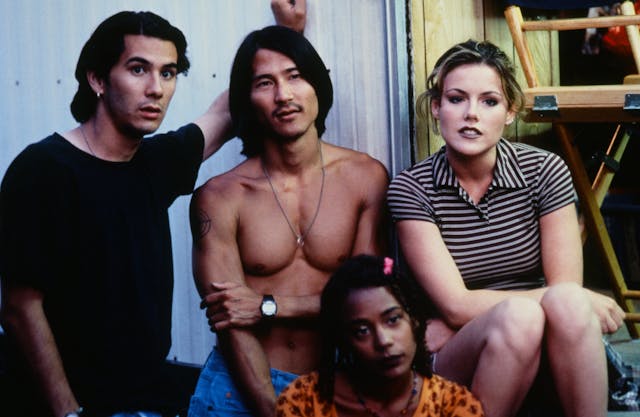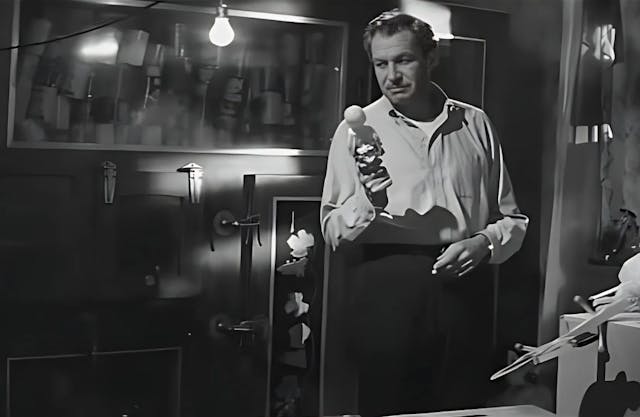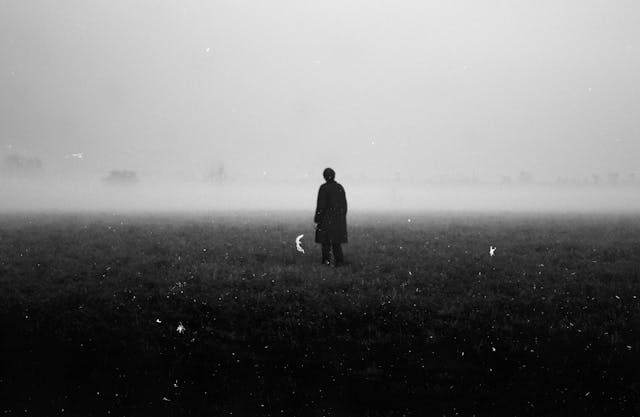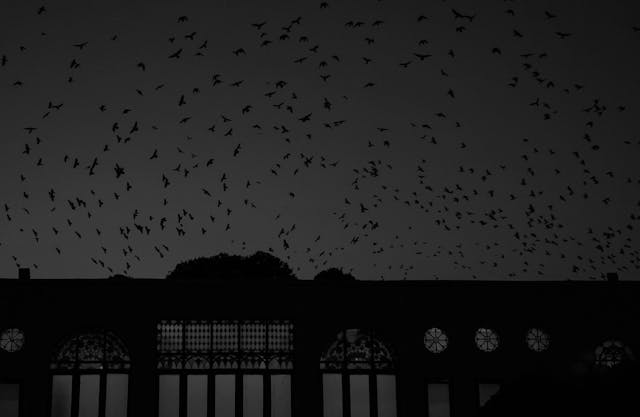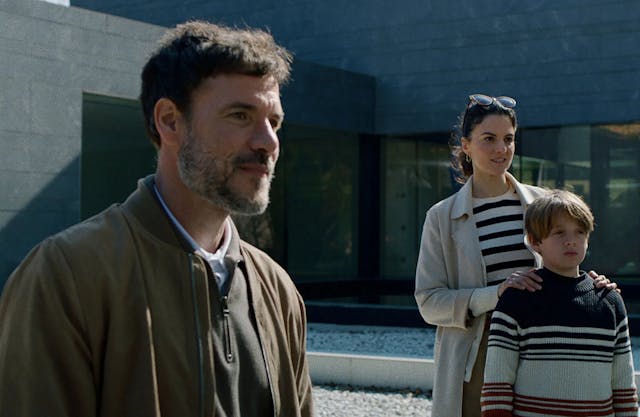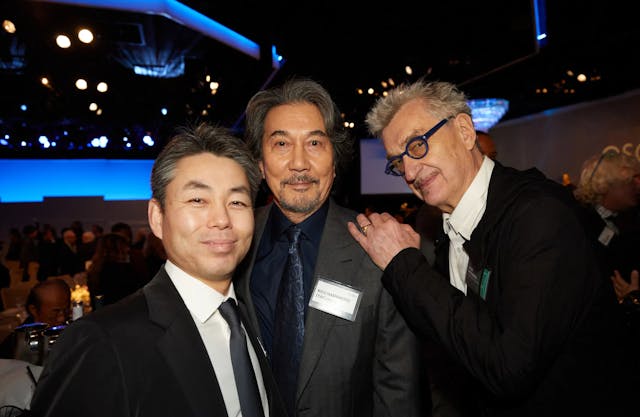
In 1926, Friedrich Wilhelm Murnau left his native Germany to answer Hollywood’s siren call. By then, he was a leading director of the German film industry and a towering figure in expressionism. The early promise of his landmark horror film “Nosferatu” (1922) was by then fulfilled. He translated his vision to the realist-yet-poetic social drama of “The Last Laugh” (1924). He closed his European chapter with challenging, inventive literary adaptations of Moliere’s “Tartuffe” (1925) and Goethe’s “Faust” (1926). With those successes in his suitcase, he went on to conquer America.
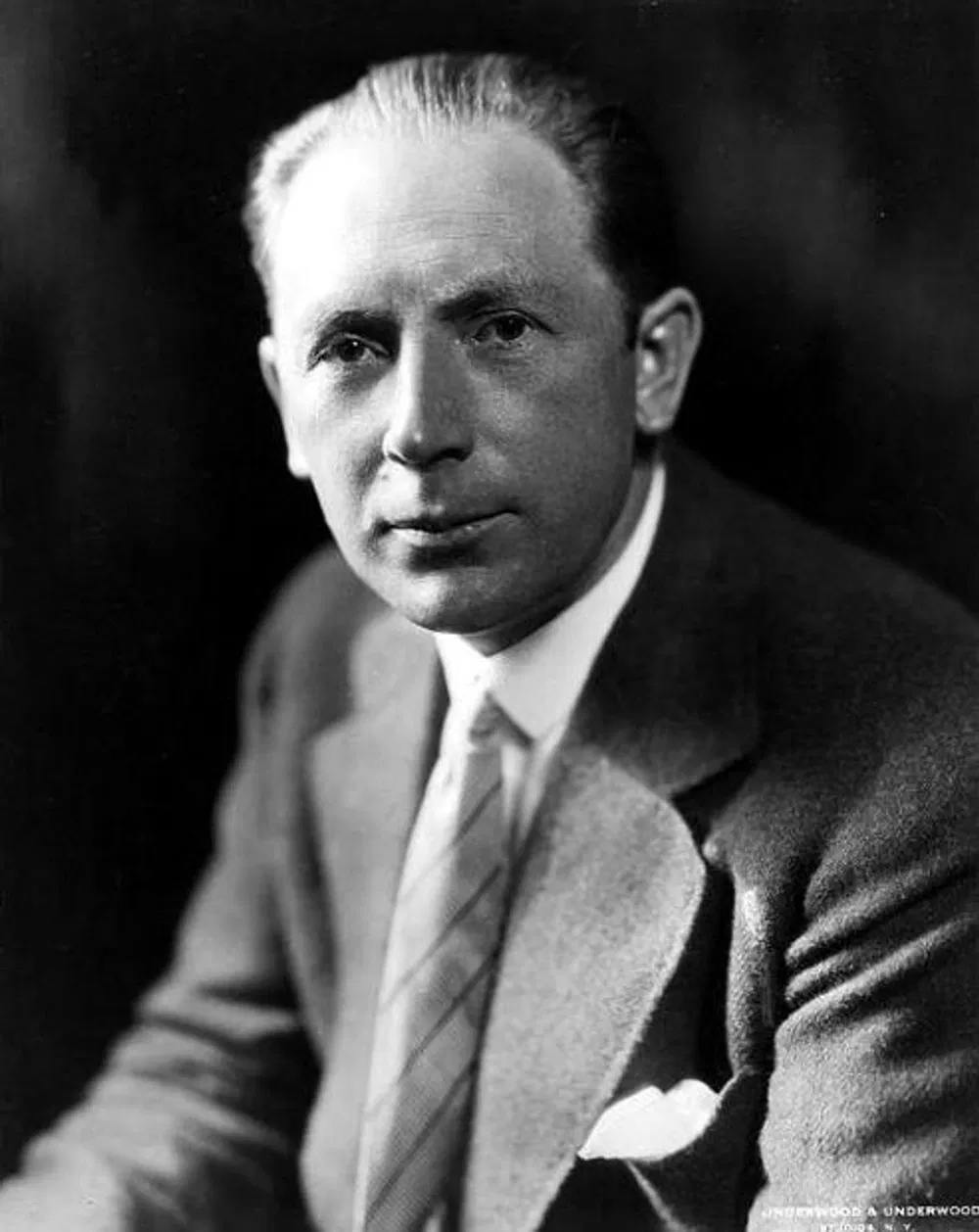
Pride of the expats: Murnau in 1931, in the middle of his Hollywood-conquering campaign. / Photo courtesy of Creative Commons.
Twilight of the Silents
Murnau arrived in Hollywood just as the industry was in the throes of the transition from silent to sound cinema. His first project upon arrival was “Sunrise: A Song of Two Humans.” The movie is based on the short novel “The Journey To Tilsit” by German author Hermann Sudermann. The adaptation by Carl Meyer fashions a straightforward melodrama about a handsome farmer seduced by a temptress from the big city visiting the rustic small town for the summer. As the vacation time winds down, she convinces him to elope with her to the city. But first, he will have to kill his wife and sell his farm. Will he be able to go forward with the plan?
The soapy plot is animated by the prodigious combination of Hollywood’s studio-bound magic and Murnau’s virtuous control of cinematic language. Murnau does a magnificent evocation of town and country as magical spaces, using every visual trick in the books to immerse the viewer in a fantastical but recognizable reality. The characters have no name because they inhabit myth. Neither the city nor the rural town is identified by name, although both look out of an idealized Europe.
It’s easy to see why “Sunrise” is considered a cinema classic. It took the 12th spot in the latest Sight & Sound Critic’s Poll of The Best Movies of All Time. In 1989, the Library of Congress introduced it to the National Film Registry.
Romance and the City
Without spoiling too much, we can tell you the man loses his nerve when he tries to strangle his wife. She runs away and takes a tram, going to the big city. He follows her and tries to win back her love as they partake in the hustle and bustle of the metropolis. He gets a shave in a modern barber shop; they take their picture in a photo studio, eat at a too-expensive coffee shop, and enjoy the attractions at a bustling fair.
The switch from murderous lust to attentive atonement is vertiginous. Would a woman lower her defenses and overcome in a few hours the trauma of having her husband's hand strangling her fast enough to do a day-long second honeymoon? Modern audiences may doubt it, but the performances by George O'Brien and Janet Gaynor make the emotional changes believable - her huge, expressive eyes anticipate a thousand anime heroines -. He is pure torment. Check out his body language in the first part of the movie; he walks possessed by lust and the pangs of conscience, still alive. Every movement seems like a struggle.
We know forgiveness is possible. We believe their change of heart when it is dramatized through a scene in which the man follows the woman through a busy thoroughfare. Cars and trucks zip around them at a vertiginous speed. He catches up with her and protects her in a warm embrace. They keep crossing as the car zooms in front and behind them. But now, you feel as if their love shields them. It’s a visually stunning sequence, with editing and optical tricks allowing you to see their bodies through the windows of the passing cars. Nothing can tear them apart. And you are right there with them.
Morality at Play
In the opening scenes, you might fear the romantic impulses of the movie will make it stodgy. The evil, hedonistic flapper aims to corrupt the simple farmer, who will sacrifice his mousy, devout wife for the lust and greed of a wanton woman. It’s not by chance that the dark-haired beauty impudically prancing in her underwear as she dresses in sultry black. She is so sexually forthcoming that she doesn’t give a thought to flashing her gams to the simple farmers who rent her a room. The wife is her perfect opposite: blond, her tresses locked in a severe bun, and wearing a dowdy dress that makes her look like a grandma. No wonder the man goes gaga for the sultry temptress.
As the couple gets lost in the city, you expect the town versus country dichotomy will be reaffirmed. But far from enforcing this bias, the man and the woman’s experiences are mostly warm. Temptations might take the form of, say, a flirting manicurist or a too-forward gentleman in a waiting room, but these interactions have a harmless, picaresque tone. The mendaciousness projected by the temptress is an aberration, not necessarily the stock of city folks. Furthermore, the farmer gets to put his ease with farm animals to good use when a pig performing in a fair attraction escapes, and only he can capture it.
A Studio-Made Marvel
After rekindling their love, the man and the woman head back home. Once in their boat, a storm unleashes with fury in the darkest of night. The scene is a marvel of studio-bound magic, bringing the tragedy full circle. Again, it’s silly to have qualms about spoiling the plot of an almost 100-year-old movie, but if you have not seen “Sunrise,” it’s best to let the twists and turns of the plot take you on its emotional ride. Indie horror movies can only dream of conjuring the sheer terror that comes out of two disturbing scenes of violence.
Pinned in that liminal space between silents and talkies, “Sunrise” gains ballast from the best of both worlds. The florid expressiveness of the camera comes from silents in full maturity. Wonky, oversized audio-recording equipment would set back the cinematic language, nailing actors to be closed enough to microphones, the camera static to keep crew and tools of the trade-off the frame. This is why the first talkies looked like filmed theater. Compared to the kaleidoscopic vision Murnau could convey, progress seems to be a pure drawback.
It was also one of the first projects to be released with synchronized music and sound effects. Like standard silents, it had title cards to convey dialogue and narration. Even this antiquated resource shows creativity. When the conniving city girl proposes to the man to drown her wife, the words are animated to suggest the action of sinking in water. Alas, it is said that Murnau hated title cards and used them sparingly as the movie moved forward. Even with all the artistry in its favor, audiences in thrall of the novelty of sound did not embrace the film. It came out in the same year as “The Jazz Singer” (Alan Crosland, 1927), which had a few minutes of synchronized talking.
The Heritage of “Sunrise”
In 1929, the Academy of Motion Pictures Arts and Sciences of Hollywood held its first Awards ceremony. Thanks to the event's novelty and the era's distribution dynamics, the sample included films from several years back. That is how "Sunrise: A Son of Two Humans" snatched the award for "Best Picture, Unique and Artistic Production" over "The Crowd" (King Vidor, 1928) and "Chang, a Drama of Wilderness" (Merian C. Cooper & Ernest Schoedsack, 1927). In a parallel category, on which "Sunrise" did not compete, "Wings" (William Wellman & Harry d'Abbadie d'Arrast, 1927) took "Best Picture, Production." In time, both categories would merge in a single contest. Janet Gaynor won Best Actress for the accumulated impact of three roles. Besides "Sunrise," there was also "7th Heaven" (Frank Borzage, 1927) and "Street Angel" (Borzage, 1928). Charles Rosher and Karl Struss took the award for Best Cinematography. Oddly, Murnau was not nominated for Best Director.
In a matter of years, the transition to sound would be complete. Murnau went on to direct three more pictures before his untimely death in a car accident in 1931. Only two of those movies survive: “City Girl” (1930) and “Tabu: A Story of the South Seas” (1931). Gaynor prevailed and thrived in the transition to sound. She was nominated for another Oscar in 1938 for her role in the original film version of “A Star is Born” (Wellman, Jack Conway & Fleming, 1937). The dashing George O’Brien was not as lucky navigating the changes and eventually faded out of the A-List. You can understand his troubles by reading “A Way of Life, Like Any Other,” a biographical novel by his son, Darcy O’Brien, who became a literary critic and author. It’s a sobering, revealing account of growing up behind the glitz and glamour of the movie business.
Any movie buff, aficionado of black and white movies, or casual viewer should watch this undisputed classic.
Want to get an email when we publish new content?
Subscribe today
